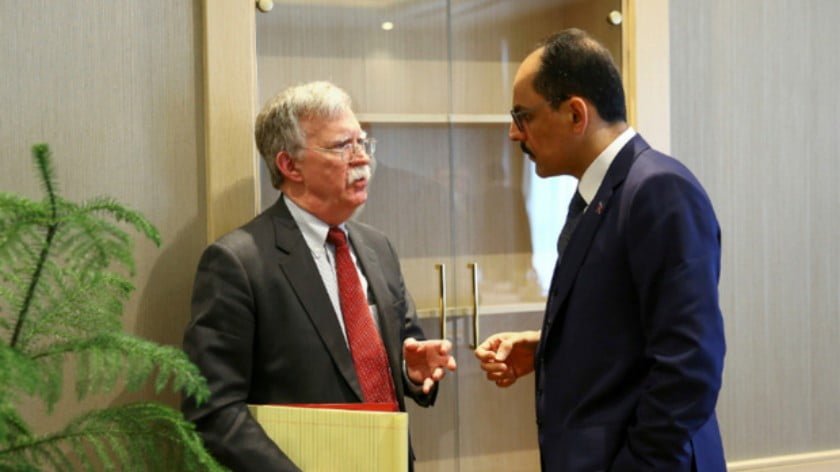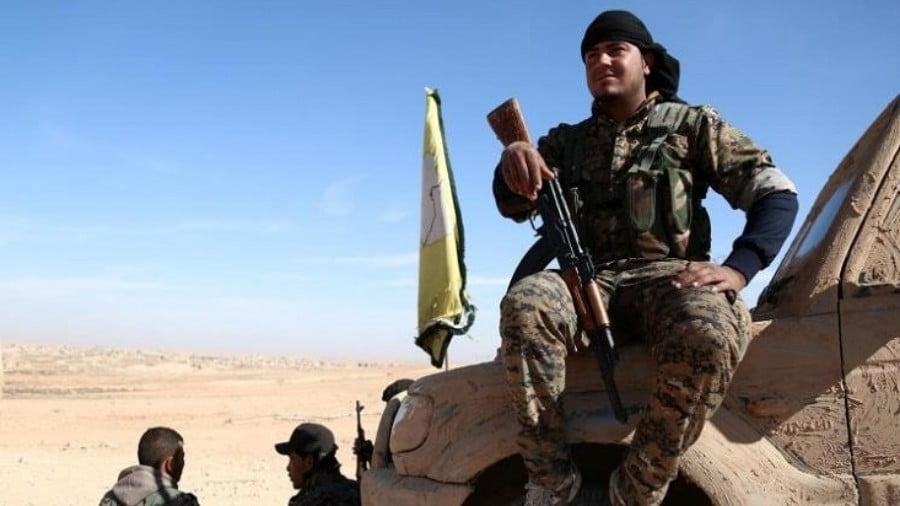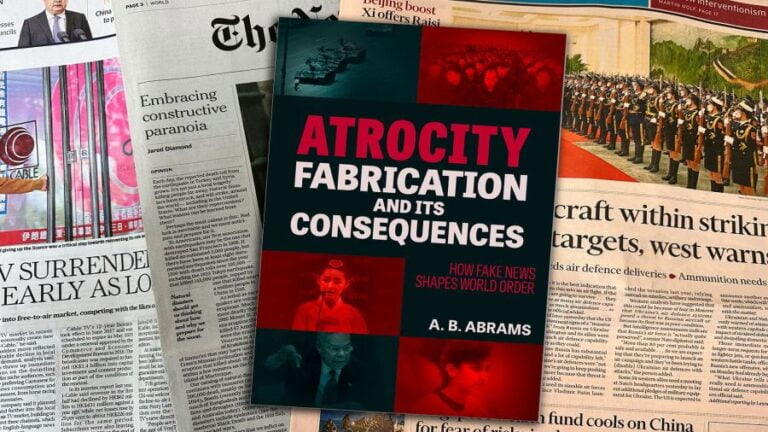MOAB: Move Over, America’s Back!
Trump dropped the largest non-nuclear bomb ever used in combat against Daesh in Afghanistan’s eastern Nangarhar Province, and the Massive Ordnance Air Blast (MOAB), nicknamed the “Mother Of All Bombs”, sent the clear signal to Russia, China, and Iran to “Move Over, America’s Back” in Eurasia. The bomb itself has comparatively little utility against Daesh aside from supposedly being able to penetrate through the mountainous tunnels that the terrorists are hiding in.
The purpose in using it was to demonstrate a disproportionate show of strength designed to intimidate the leaders of the emerging Multipolar World Order. In the scope of hardly a week, Trump bombed the Syrian Arab Army and dispatched a naval strike group to North Korea, thereby indirectly challenging Russia and China. Iran has been under pressure from the Trump Administration since day one, but the MOAB dropping heightened the threat perception that Tehran must be feeling now. Trump deliberately chose Afghanistan as the first combat “testing site” for MOAB for a few reasons, not least of which is because its strategic location at the crossroads of West, South, and Central Asia was designed to “kill three birds with one stone” by making sure that Russia, China, and Iran equally got the hostile message that the American President was conveying.
Moreover, the timing of the “test” also isn’t coincidental because it occurred the day before Moscow hosts the third round of Afghan peace talks, a newly expanded 11-member format which the US declined to participate in. Trump wants to preemptively disrupt any possible progress that could be made at these talks, and using MOAB was intended to achieve this goal. The bomb’s combat “testing” powerfully demonstrates Washington’s “anti-terrorist” commitment to Kabul, and given that the Afghan government designates the Taliban as “terrorists”, the logical connection is that the US won’t shy away from using this weapon against the anti-occupation fighters either.
Of course, Kabul can’t help but feel emboldened by such a message, which could lead to its representatives refusing to cede any ground on their long-standing position against recognizing the Taliban — including “good” anti-Daesh Taliban — as a legitimate political force in the country. Coming on the eve of the Moscow talks, this assuredly cements the Afghan-Indian diplomatic axis as the “odd men out” of what is supposed to at least nominally be a multipolar gathering. These unipolar-aligned states will certainly behave as the US’ spoilsports in refusing to even countenance a political solution to the country’s war by dismissing the inevitable pragmatism of recognizing “good” Taliban, all per the signal that the Pentagon just sent via MOAB.
Aside from geopolitical messaging and diplomatic sabotage, MOAB’s additional fallout is that it proves that the US is willing to up the stakes in conventional warfare by unprecedentedly “testing” such a massive munition on the battlefield. North Korea, Iran, and Syria will take note of this and correctly understand that Trump is also threatening them by using this weapon. The US military wants to intimidate these three countries into making political concessions in exchange for their civilian populations being spared the horrific consequences if this bomb were ever used against them. Pyongyang has nuclear weapons and can thus give Washington reason to think twice about turning its people into guinea pigs for testing this weapon in civilian areas, while Tehran reportedly has an impressive missile stockpile which could inflict devastating damage against US bases in the region if the Pentagon gets any worrisome ideas.
Damascus, however, has no such deterrent to protect it, and is therefore the weakest of the three potential state targets that the US could drop MOAB on and consequently the most likely of the bunch to be victimized if Trump is so inclined. Russia has already reiterated in the days following Trump’s cruise missile strike against Syria that its military mandate only strictly deals with fighting terrorism and not defending its host’s military, population, or borders, and that it wouldn’t risk a wider war by shooting down any future salvos, yet MOAB is much too heavy to be launched by a cruise missile and would have to most likely be dropped by an actual warplane.
In theory, this presents a possible dilemma for Russia — would Moscow passively permit Washington’s use of such a disproportionate munition as MOAB in Syria, or would it risk a wider war by overstepping its military mandate (to the presumed delight of Damascus)? The answer can’t be known in advance but only speculated on because MOAB might fundamentally change the rules of the game and prompt Russia to reconsider its military mandate in Syria if it had a plausible reason to believe that the US might use this weapon there in order to send a dual message to Damascus and Moscow.
To the first one, that Washington wants regime change, while to the second, that the Pentagon wants to humiliate the Russian military by crafting the perception that the US is using this weapon “under their watch” because Moscow is much too fearful of sparking a wider war by shooting down its delivery vehicle (most likely a warplane). MOAB’s combat “testing” in Afghanistan might just be a dramatic “one-off” for domestic and international messaging purposes, or the weapon could be intended for future use against North Korea, Iran, and/or Syria, the first one as a strong message against China and the last as the same towards Russia. Either way, dropping MOAB against Daesh was an undeniable statement of force to the US’ multipolar rivals to “Move Over, America’s Back” in Eurasia, and will probably have the consequence of bringing all five parties closer together out of strategic defensive necessity.
By Andrew Korybko
Source: Regional Rapport







